October 14th, 2011 by susan
It’s been such fun the last couple of days getting into hypertext again. Working from Steve Ersinghaus’ New Media class collaboration of “Apartment 9”, the students were asked to select a point of entry and continue a story from there.
I find that writing flash fiction for a couple years has changed my style of writing as I mentioned in an earlier post but it’s becoming more second nature to me now to write into the hypertext narrative form. It all comes back; working with Eastgate’s Tinderbox software, recalling the process of rolling out story without being limited to a single linear arc.
The one thing that hasn’t changed: I find myself falling back into the process of a structured map. I find it easier to create several Notes at a time (blank–“untitled”) and have them ready to write into as the stories develop. Making a new note is quick and easy in Tinderbox, yet the fast-pace of story learned via writing and reading flash fiction calls for minimal interruption and having the blank text box Notes ready is helpful.
And I prefer the Map View to write into both for its visual appeal and for its obvious view of the “whole picture” of where the story is going. But I’m simply not able to make a map without creating it as a proportioned, orderly, geometrically sound piece of art in itself:
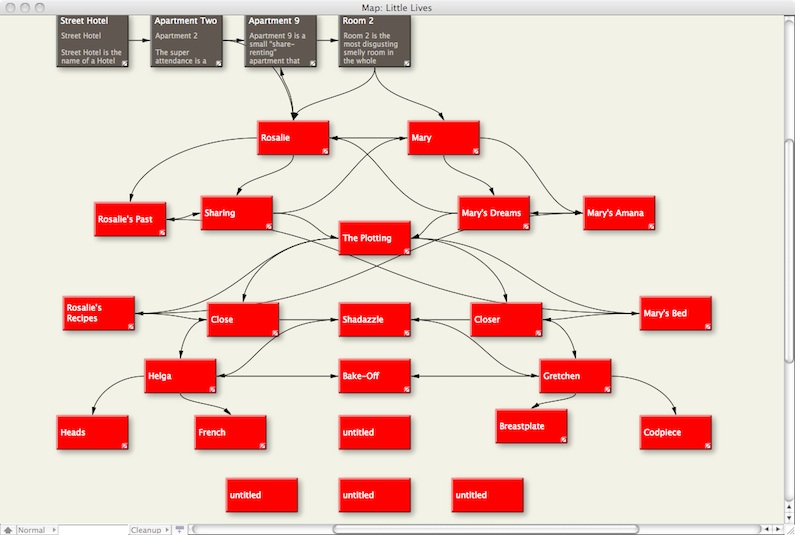
Tags: HYPERTEXT
Posted in HYPERTEXT | 4 Comments »
October 13th, 2011 by susan
Boy, it’s not easy getting back into hypertext narrative. Whoever says it’s the same as traditional text is wrong.
After almost two years of focusing on flash fiction–which is a style that requires a quick body punch–it almost seems like hypertext story is the opposite; expansion on concept and questions and answers instead.
While the text boxes of Tinderbox, the software I use to write hyperfiction, are exquisitely perfect for sticking with a concise, free of overwriting style, the knowledge that more data, more information, more detail, can be added in bits and pieces by simply creating another “Note” leaves a writer more open to creative flare. No one expects you to read every bit of that data so there’s really no overload. While a story may contain fifty Notes, you can get from beginning to end in forty, thirty, twenty perhaps.
I’ve just had the enticement to get back physically and mentally into hypertext narrative, something I’ve been saving to do next year, after I finish out this year’s daily flash fiction writing. But it’s not easy going from one to another form. Just as with the novel, the short story, or poetry, the mindset is completely different and I as a writer must admit I am struggling as if for the very first time.
Tags: HYPERTEXT
Posted in HYPERTEXT | Comments Off on HYPERTEXT – A YEAR LATER
July 18th, 2011 by susan
Really happy to say that my hypertext story “Blueberries”, originally published in New River Journal, has also been selected for translation into Polish publication, been included in a doctoral dissertation, listed in the ELO directory, and a part of a new media college syllabus. Makes me itchy to get back to hypertext writing.
Just looked up the translation of “blueberries” as a title into Polish, and found:
czarne jagoda (“jagody” means berries, and I thought “czarne” meant “black”)
jagody amerykańskie (Since blueberries aren’t native to Poland this comes out as “American Berries”)
borówki (this one claims to be “Blueberries”)
czarne borówki (Again, (“Black Blueberries”)
And this one’s my fave: “There is no human translation for that”
Tags: HYPERTEXT, WRITING
Posted in HYPERTEXT, WRITING | 4 Comments »
March 11th, 2011 by susan
Not as impressed at all with the photo mix feature. While I did not select maybe the best to work from and don’t have the experience yet to have that in mind prior to selection, it seems that while features such as nose, eyes, mouth, can be spot on, the rest of the images just sort of overlay each other and end up looking weird. The samples provided in the tutorial look to have some more work done on the backgrounds that I haven’t quite figured out, so practice may be the key. The other possibility is to first make the images more alike via Photoshop, then put them into Morpheus. Then again, I think Photoshop may already have a morph feature.
Anyway, here’s the layout with the final in the preview window at the bottom right. I think I’ll play a bit more with the warp feature, and maybe a little with the morph again before I stock this experience for the future.
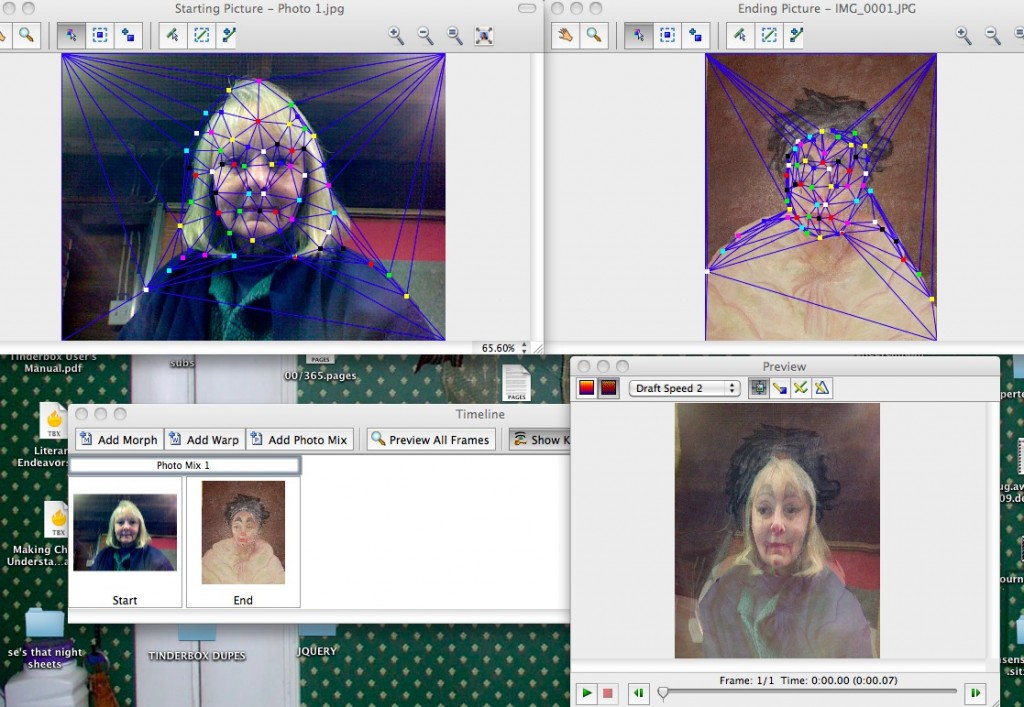
Tags: MORPHEUS, NEW MEDIA
Posted in NEW MEDIA | Comments Off on NEW MEDIA – Morpheus Photo Mix
March 10th, 2011 by susan
Just played a little with the warp feature of Morpheus, and though it might be a neat thing, I still firmly believe that Photoshop may be the more flexible method of distorting a photo to get the effect that is wanted. However, I will try it for something in the future, using the points at perhaps a more selective, carefully plotted progression. The triangles that show up when the points are moved could be done in a “slower” or more “frequent” series, to achieve the effect.
That said, here’s a quickie: Window Warp
Tags: MORPHEUS, NEW MEDIA
Posted in NEW MEDIA | Comments Off on NEW MEDIA – Morpheus – Warp Mode
March 8th, 2011 by susan
This project has just been a dabble really, working with images that have already been used and worked into a short film clip. This, I think, was the easiest way to get into the program quickly, since I was focusing on 1) using more than two images, and 2) morphing rather than warping.
Now I’m playing a bit with the warp feature and already, while I think it’s neat, I don’t think it’s as flexible as what I’ve done in Photoshop. I think that in Photoshop, using the Liquify feature, there was a lot of fine detail moving that used a point that could be controlled by the cursor as to what was moved and how much and in what direction (also, the size of the selector tool). Morpheus would work differently, using dots as markers set up on one image, then moved point by point (dot by dot–see photos in post below) where there could of course be a lot of control and accuracy, depending upon number of points placed, but it would be a lot of work.
Also, Photoshop allowed the use of other tools in its vast array; color tones, shadows, effects, etc. whereas Morpheus does not include anything like this in the software.
I’ll see what I can come up with in Morpheus using Warp, starting with a new image and post soon on the progress.
Tags: MORPHEUS, NEW MEDIA
Posted in NEW MEDIA | Comments Off on NEW MEDIA – Morpheus Morphing and Warp
March 8th, 2011 by susan
I think I have it here in a flash file:
Recycling Transition
The other thing is that I was able to fix a major mess up in the marking layout; what happened was that I must have been moving a dot and hiccuped, thus moving the dot way northeast of where it was originally on the previous image. This resulted in some odd stuff happening.
I never would have figured out how to fix it until I selected “show triangles” from one of the menus and came up with this, which obviously showed the dot that was off on vacation (can’t see it here, it’s been fixed, but think of taking one of these dots and moving it and the resulting effect on the pattern).
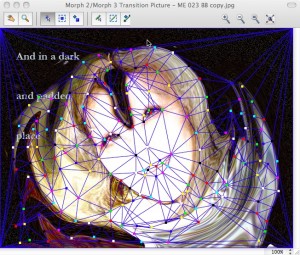
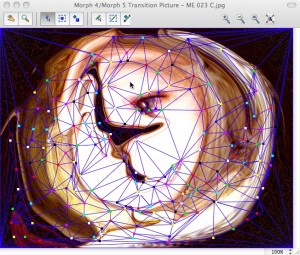
Tags: MORPHEUS, NEW MEDIA
Posted in NEW MEDIA | Comments Off on NEW MEDIA – Morpheus Recycling .swf file
March 8th, 2011 by susan
Well, aside from some major mess-ups–didn’t realize that any dots added to an image in the sequence adds dots to ALL the images, even those prior to that image, I’ve put together this file from the Recycling segment. Problem is, that while I can email the preview in a .swf version, I can’t seem to send it to a website like this to include it in a post.
Workin’ on that problem.
Tags: MORPHEUS, NEW MEDIA
Posted in NEW MEDIA | Comments Off on NEW MEDIA – Morpheus – A couple kinks
March 7th, 2011 by susan
Found out that yes, I can do a series of images into Morpheus though I haven’t finished the sequence. What concerned me was that I wanted to be able to replicate (for now, as practice) the Recyling transition from face to fetus that needs to be done in stages. Since it follows the lines of a poem, the images relate to those specific lines, and this is what happens throughout that poem, from Poe turning into Jesus Christ, to the finale of tunnel to birth canal. This may come up in future work.
Evidently this can be done. I’ll have the short clip ready probably tomorrow, but the work area of the program, at the portion where I’m currently working–image three into image four– is below. What is being done is dots made on one image show up on the others (that follow), then those marker dots can be moved on the next image to bring them into sync when the sequence is run. More later.
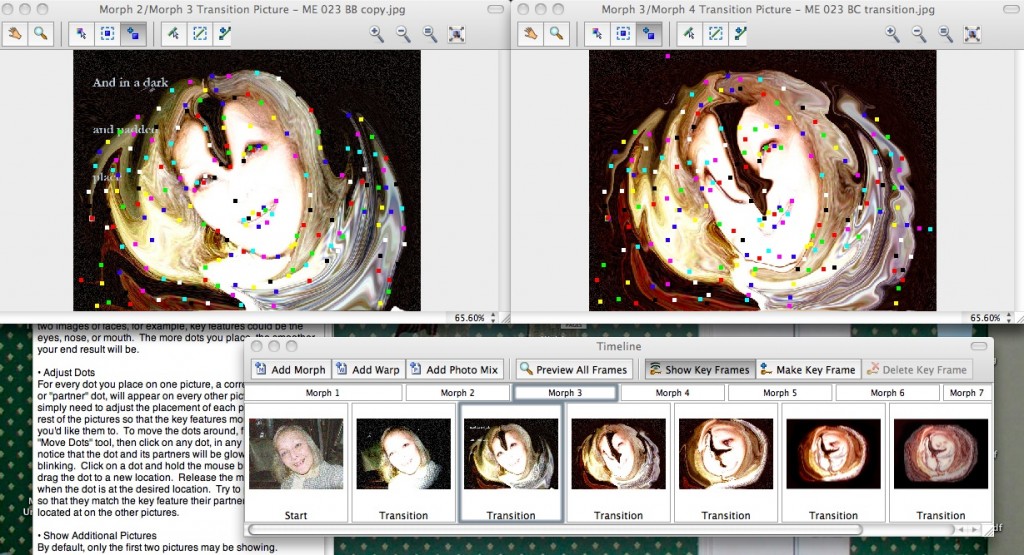
Tags: MORPHEUS, NEW MEDIA, SOFTWARE
Posted in NEW MEDIA, SOFTWARE & TOOLS | Comments Off on NEW MEDIA – Morpheus – Looking at the work space
March 6th, 2011 by susan
Just got myself a few new “toys” – that means software that’s fun to play with despite its nature of productivity. What I got was Smith Micro’s Poser 7, Anime Studio Pro 6, and their Morpheus Animation Suite. (Links are to the latest versions.) Obviously, these aren’t the latest version of each, but at a total cost of $60, it was better for me to feel I could afford these on a whim rather than either wait until I could afford to get them at full cost or feel pressured.
The easiest one to learn was the first one I’m trying and that’s Morpheus. There is a limit to exactly what you can do, but I must say that already I can see where I could have used this to make my life much easier in the 2008 production of Recycling, a poem I made into a movie with images I worked over in Photoshop and then dropped into Windows Movie Maker.
The sequence in particular that I’m working with is the transition of a photograph of a face (mine) into a fetus. Here are the images I’d used in the final piece:

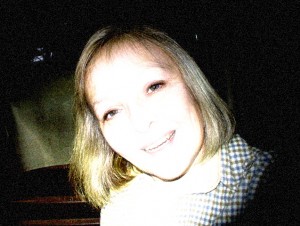
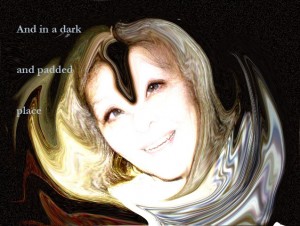
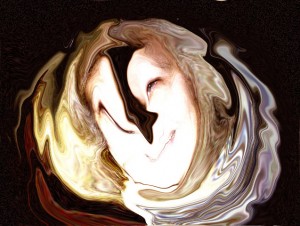
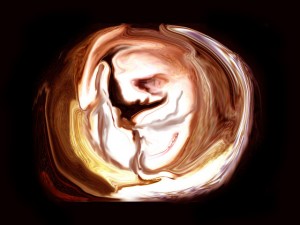
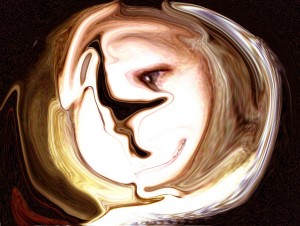
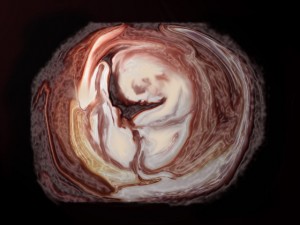
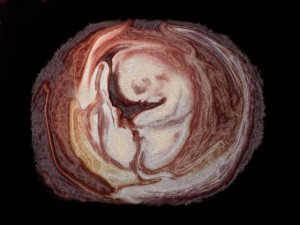
Now there were several images in between these as steps in the process, but these were the finals I used. There were transition effects between them, available in the Movie Maker program.
But Morpheus, while still requiring much of the work to be done in Photoshop (though I haven’t learned the Warp feature to see how much it can do) I think that the transition between the shots in the sequence could be much more vibrant, more physical, in the Morpheus platform.
I intend to play with these to see what possible effects can be achieved, for example, I am not sure if it’s possible to do a continuous strip from a series of images such as the above eight. The program has a setup of making A into B, but there is also a movie strip with frames so that may be the way to work it–though between the pairs, I’m not sure what happens.
At any rate, I’ll be back with the details as I work.
Tags: NEW MEDIA
Posted in NEW MEDIA | 4 Comments »














 The Lost Children: A Charity Anthology
The Lost Children: A Charity Anthology